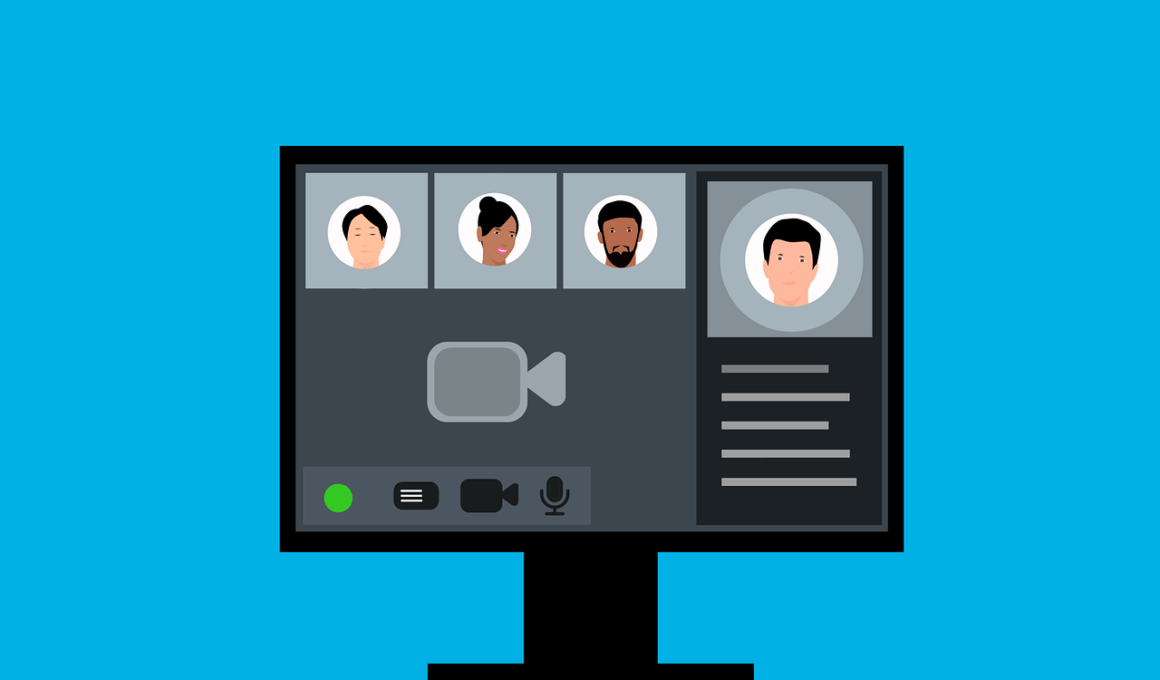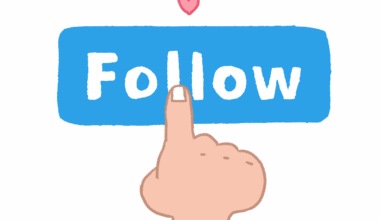Setting Measurable Goals for Your Social-Driven Webinars
Setting measurable goals for your social-driven webinars is essential for evaluating your success. Begin by defining clear objectives that align with your overall personal branding. Consider what you aim to achieve through your webinars, such as enhancing your audience’s knowledge or encouraging engagement. Use the SMART criteria to create your goals: Specific, Measurable, Achievable, Relevant, and Time-bound. For instance, instead of stating that you want more participants, set a goal to attract 100 attendees in your first webinar within a month. This specificity helps you track progress and measure results effectively. Track your audience’s feedback and participation levels to assess success. Utilize tools like surveys after webinars to gather data on what worked and what didn’t. You can also benchmark against industry standards to evaluate where you stand. The data collected will guide future improvements and enhance overall effectiveness. Additionally, using analytics tools to track registrations, attendance rates, and participant engagement during the webinar will provide deeper insights into your achievements. This information empowers you to refine your approach for subsequent webinars, ensuring continued growth and development.
Next, consider the importance of engaging content and how it relates to your measurable goals. Crafting your webinars around relevant topics that appeal to your target audience is key. Research trending subjects in your niche, analyze audience interest, and integrate valuable insights into your content. A well-structured webinar promotes participation and fosters an interactive environment essential for successful engagement. Invite guest speakers who complement your expertise to provide diversified perspectives. This not only augments your credibility but also attracts a broader audience. Including interactive elements such as polls and Q&A sections can heighten engagement, bringing your attendees into conversations and making them feel valued. Encourage discussions and questions throughout the webinar to maintain a dynamic atmosphere. Afterward, assess participation metrics and engagement tools to determine whether you are meeting your goals. Your findings will offer insights into what aspects attracted attention or disengaged viewers. Remember, continuous improvement is vital in honing your skills and enhancing your future presentations. Apply feedback constructively in redesigning your content so that each session becomes a learning experience that builds on the last, driving your personal brand forward.
Utilizing Marketing Strategies to Boost Attendances
Utilizing effective marketing strategies is crucial to maximize attendance for your webinars. Begin promoting your events well in advance to create buzz and anticipation. Use various channels, including social media platforms, email newsletters, and your website, ensuring to communicate the benefits of attending your webinar. Craft compelling headlines and descriptions that highlight the value propositions, making it hard for potential attendees to resist. Establish a registration landing page that captures leads efficiently. Opting for a simple, user-friendly registration process can significantly improve conversion rates. Additionally, incentivize early registrations with exclusive content or special discounts for future events. Consider collaborations with industry influencers by having them promote your webinars. Their endorsement can validate your offerings, thus enhancing visibility and reach. Engaging with your existing audience by sharing curated content related to your webinar topic builds anticipation and maintains interest. A well-planned marketing campaign encompasses timely reminders and follow-ups leading up to your event, ensuring participants remember to join. Post-webinar, continuing the conversation on social media and gathering feedback can strengthen relationships and establish your authority within your field.
Apart from marketing, it is essential to implement post-webinar evaluation processes to assess your accomplishments thoroughly. Both qualitative and quantitative feedback mechanisms can provide insights into attendees’ experiences. Post-event surveys are an excellent way to gather quantitative data regarding presentation length, content relevancy, and overall satisfaction. Combine this with qualitative feedback through open-ended questions to gain deeper insights into what resonated with your audience. Analysing these responses allows you to identify strengths and weaknesses, helping you refine your future sessions. Consider segmenting responses to highlight different demographics, which can illuminate unique preferences among attendee groups. Furthermore, evaluating engagement metrics during the webinar itself, such as participation rates and interaction levels, is crucial. By correlating these metrics with your set goals, you can determine how effectively you met your objectives. Use tools like Google Analytics or webinar software analytics to monitor these engagement factors closely. This comprehensive evaluation will arm you with the knowledge necessary to make data-driven decisions, enhancing your audience’s experience and your future content offerings. Ultimately, such assessments contribute to sustainable growth for your personal brand.
Continuous Improvement through Feedback Loops
Embracing continuous improvement through feedback loops is fundamental in setting and achieving measurable goals for your webinars. By actively seeking out and acting upon feedback ensures your content remains relevant and valuable to your audience. It’s important to approach feedback with an open mind, understanding that constructive criticism can significantly impact the effectiveness of your future webinars. Following up with attendees through personalized thank-you emails not only acknowledges their participation but also opens the door for honest opinions on the event. Ask specific questions to guide their responses regarding content, engagement, and overall satisfaction levels. Consider creating a dedicated feedback section in your follow-up communications, where attendees can express their thoughts freely. This ongoing dialogue helps build community while simultaneously increasing your credibility as an authority in your field. Additionally, recording your webinars for future reference enables you and your team to review discussions, identifying areas of disinterest or confusion. By regularly revisiting these feedback loops and analyzing trends over time, you can build a robust outline for your future webinars, ensuring you consistently meet the evolving needs of your audience.
In conclusion, setting measurable goals for your social-driven webinars involves meticulous planning and an ongoing commitment to assessment and improvement. Each stage, from defining your goals to evaluating post-webinar outcomes, plays a significant role in your personal brand’s success. Focus on crafting engaging content that speaks to your audience, utilizing effective marketing strategies to increase reach, and continuously collecting feedback to refine your approach. Remember that the insights gained from these processes will not only help you achieve your initial objectives but also create a pathway for sustaining growth and relevance in your niche. Your webinars serve not just as an educational tool but also as a reflection of your personal brand values, positioning you as a leader in your field. While achieving measurable outcomes is critical, fostering a strong connection with your audience transforms these events into meaningful experiences. As you operationalize these principles, consider how every webinar presents an opportunity to evolve, stay ahead of industry trends, and adapt to the needs of your community. Ultimately, this focus enhances the value you provide, ensuring lasting impact and engagement built on trust.
Building a Lasting Community
Building a lasting community around your social-driven webinars is essential in ensuring their ongoing success and relevance. Community involves creating impactful connections, both between you and your audience as well as among attendees themselves. Engage with participants during webinars, encouraging dialogue while fostering networking opportunities. Creating dedicated online spaces, such as Facebook groups or forums, can further enhance belonging and connection outside of your webinars, allowing discussions to continue. Encourage participants to share insights and experiences related to the webinar topics to foster engagement and maximum interaction. This builds a tribe of like-minded individuals who support each other’s growth and development. Additionally, recognize attendees’ contributions by spotlighting their results or testimonials in future sessions. Showing appreciation helps strengthen relationships, encouraging loyalty and repeated attendance. Consider hosting regular community events, whether virtual or in-person, maintaining consistent communication throughout the year to keep your engagement levels high. By nurturing your community, you also expand your reach, transforming attendees into advocates who promote your brand organically. These efforts strengthen your personal brand’s foundation, ensuring you maintain relevance and connection within the ever-evolving landscape of your niche.


